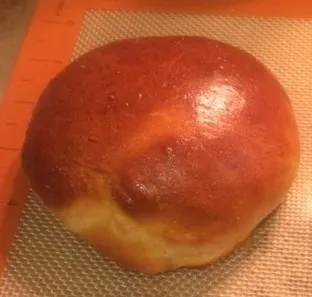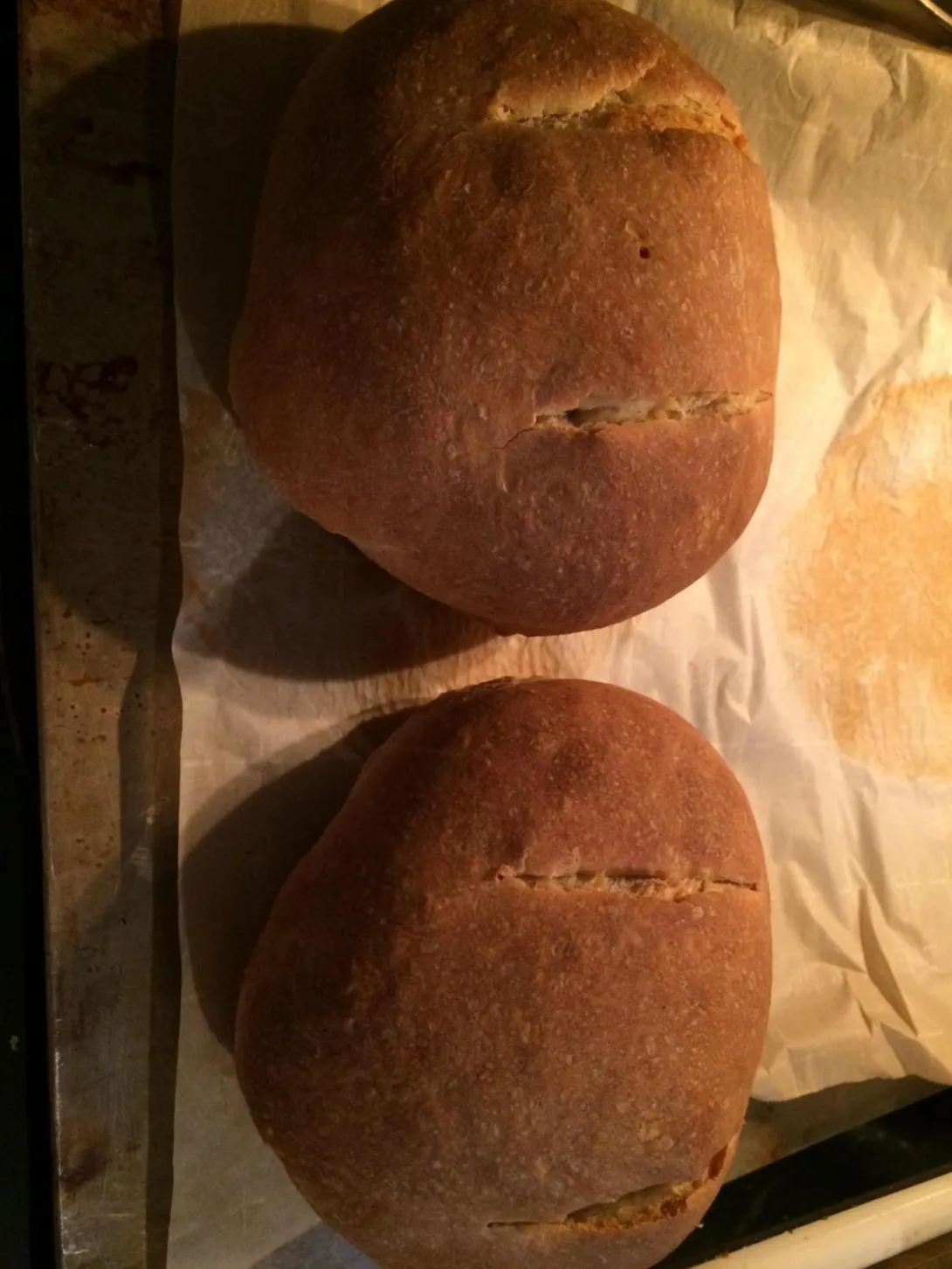White Bread
It's that time of year again! Cooler weather means back to the kitchen for more baking. I've been gathering recipes and trying some different breads recently, with mixed results. My rustic country boule was a bit of a let-down, and so I'm in the process of getting my sourdough starter going again.
In the meantime, I came across this recipe for white bread that I thought looked interesting.
800g All Purpose Flour 9g Instant Yeast 100g Fine Sugar 7g Salt 4 Eggs ( weigh 65-67g each with shell) 180g Milk 60g Oil

